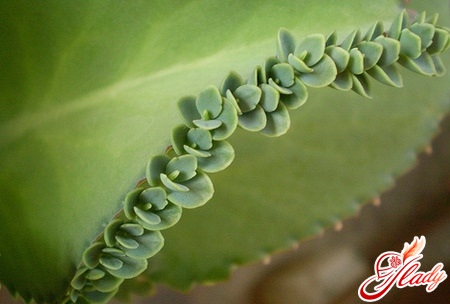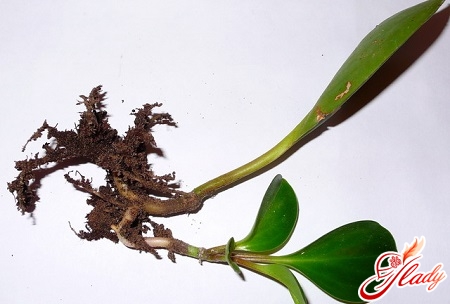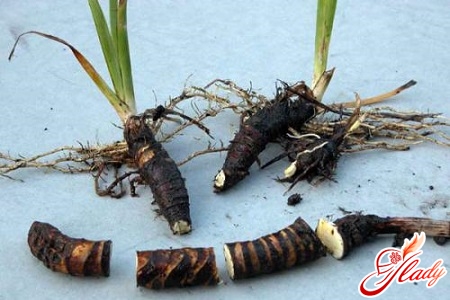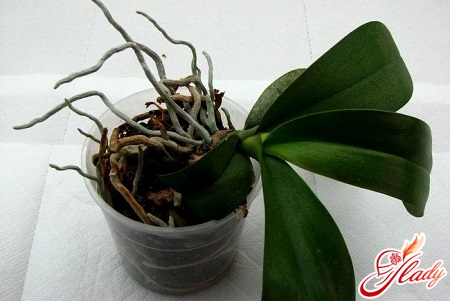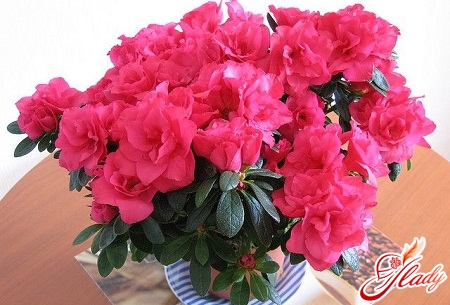 Unfortunately, all indoor plants are susceptibleinfectious diseases caused by various bacteria, fungi, viruses. And non-infectious diseases, the development of which is facilitated by unsuitable environmental conditions. And although indoor roses are not as capricious as some other types of plants, pests and diseases do not bypass them. Diseases of indoor roses are quite difficult to cure, so it is much easier to prevent them than to treat them. This is easy to achieve if you properly and promptly care for them.
Unfortunately, all indoor plants are susceptibleinfectious diseases caused by various bacteria, fungi, viruses. And non-infectious diseases, the development of which is facilitated by unsuitable environmental conditions. And although indoor roses are not as capricious as some other types of plants, pests and diseases do not bypass them. Diseases of indoor roses are quite difficult to cure, so it is much easier to prevent them than to treat them. This is easy to achieve if you properly and promptly care for them.
Diseases of indoor roses
First of all, young and old people are susceptible to diseases.weakened plants, as well as those that were not provided with proper and careful care. One of the most common fungal diseases of indoor plants is powdery mildew. The main reasons for its occurrence can be poor ventilation of the room, crowding of plants in one place, as well as excessive fertilization. The disease is characterized by a white coating on the stems and leaves of the plant. As it develops, the leaves gradually dry out, curl up and eventually fall off completely. Treatment is carried out by removing the affected shoots, leaves and buds and treating with topaz, fundazol, etc. Another disease similar to the previous one is false powdery mildew. Very often these two diseases are confused with each other. The difference is that with false powdery mildew, the white coating of fungal spores usually covers only the underside of the leaves. On their upper side, yellowish or light spots can usually be seen. This disease spreads very quickly on wet leaves. Treatment involves removing affected shoots, leaves, buds and treating with a fungicide. To prevent fungi from getting used to a particular preparation, it should be periodically replaced with another from the fungicide group. If wet brown spots appear on the leaves of an indoor rose, gradually increasing in size, which later merge and affect the entire leaf, then these are signs of another disease called spotting. It has both bacterial and fungal origin. Most often, the disease manifests itself in the second phase of vegetation. Treatment is carried out by removing affected shoots and leaves and spraying with any copper-containing preparations (copper sulfate, Bordeaux mixture, oxychom) or topsin and fundazole. It is also important to reduce watering of affected plants and stop spraying them until complete recovery. If the leaves of your plants are covered with small red, orange or dark brown pads (pustules), then they are affected by the so-called rose rust. Its occurrence is facilitated by insufficient and improper care of indoor roses. It is very important to create optimal conditions for the growth and development of these plants - ventilate the room in time, avoid high air temperatures and high humidity. Treatment in this situation mainly consists of removing all suspected leaves, since spraying with fungicides may not always help stop the development of the disease.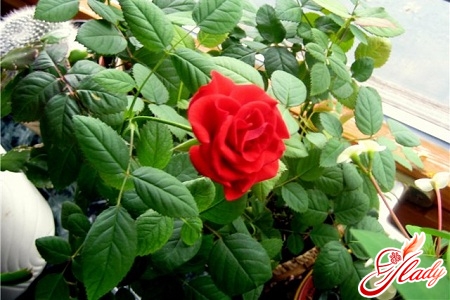
Pests of indoor roses
In addition to the above diseases, indoorRoses can be affected by various pests. The most common of them is the so-called spider mite on indoor roses. The cause of its occurrence is most often insufficiently humidified and too warm air in the room. At the beginning of the infestation by this pest, pale dots can be seen on the leaves, which over time increase and turn into solid whitish spots. In this case, you should wash off the cobwebs from the plants using shampoo against ticks for animals and increase the humidity in the room. After this, it is necessary to treat the roses with special preparations against ticks - acaricides. There are also other pests of indoor roses. These are rose aphids and thrips. They are especially dangerous in the spring and summer. Rose aphids usually affect buds and leaves, after which they curl and become covered with sticky secretions of this pest. When affected by thrips, spots and significant deformation of flowers, as well as a change in the color of the leaves - can be seen. they acquire a brownish-grayish hue with a silvery sheen. If these pests are found, the plants should be treated with insecticides. It should be remembered that with proper and timely care of indoor roses, many diseases that affect these beautiful plants can be avoided. For their health, only two most important conditions are necessary - fresh cool air and bright diffused light. We recommend reading:




